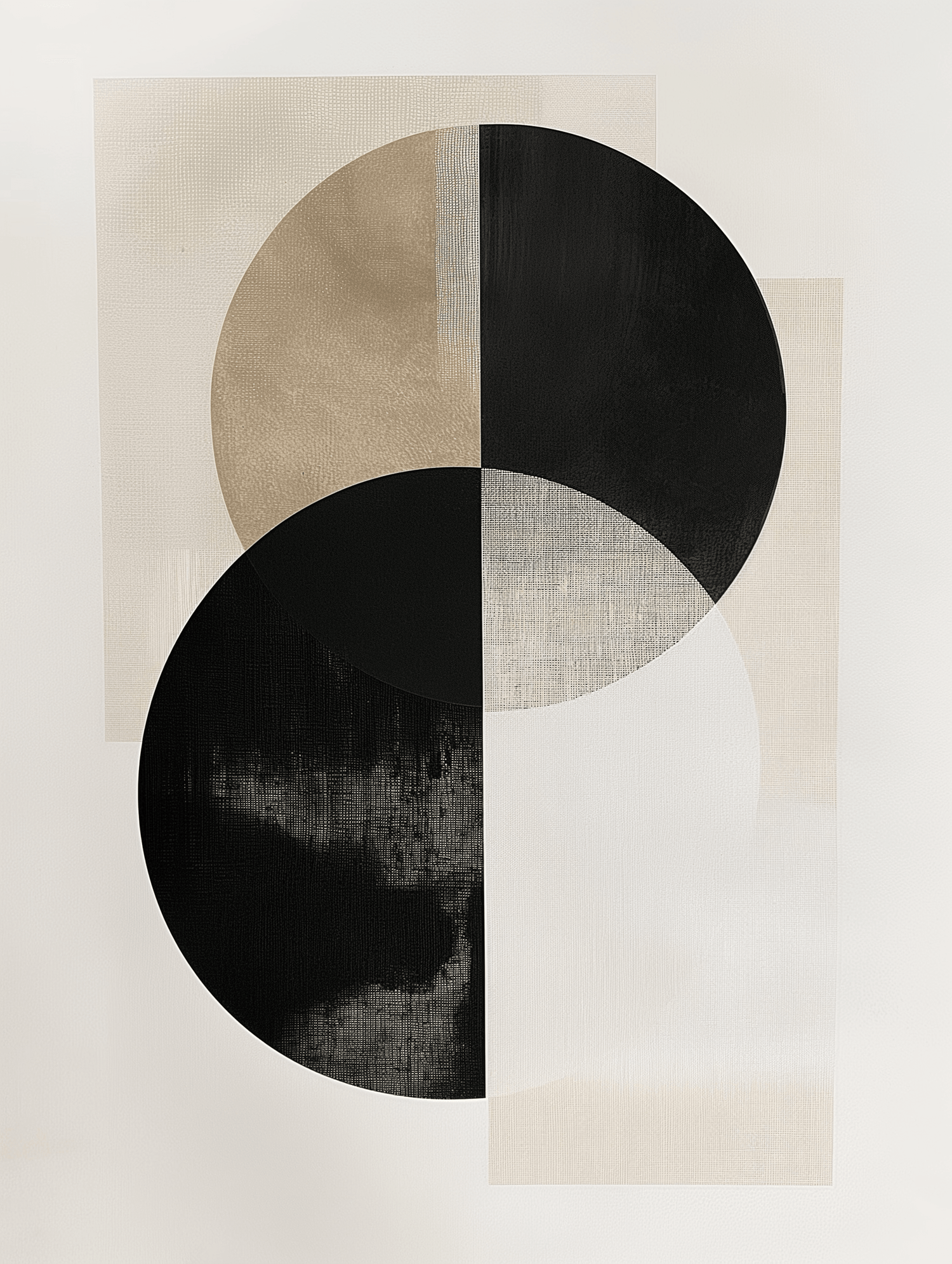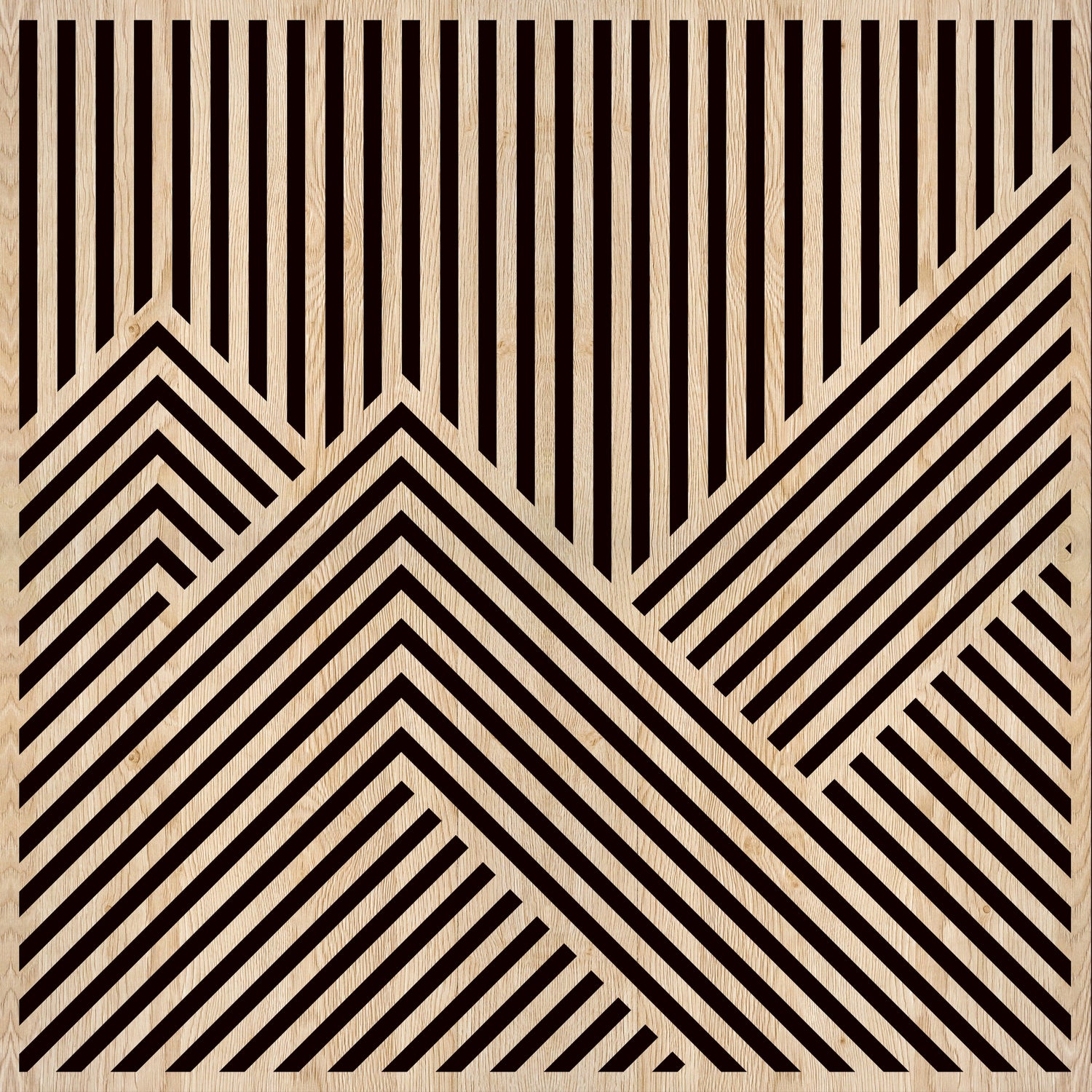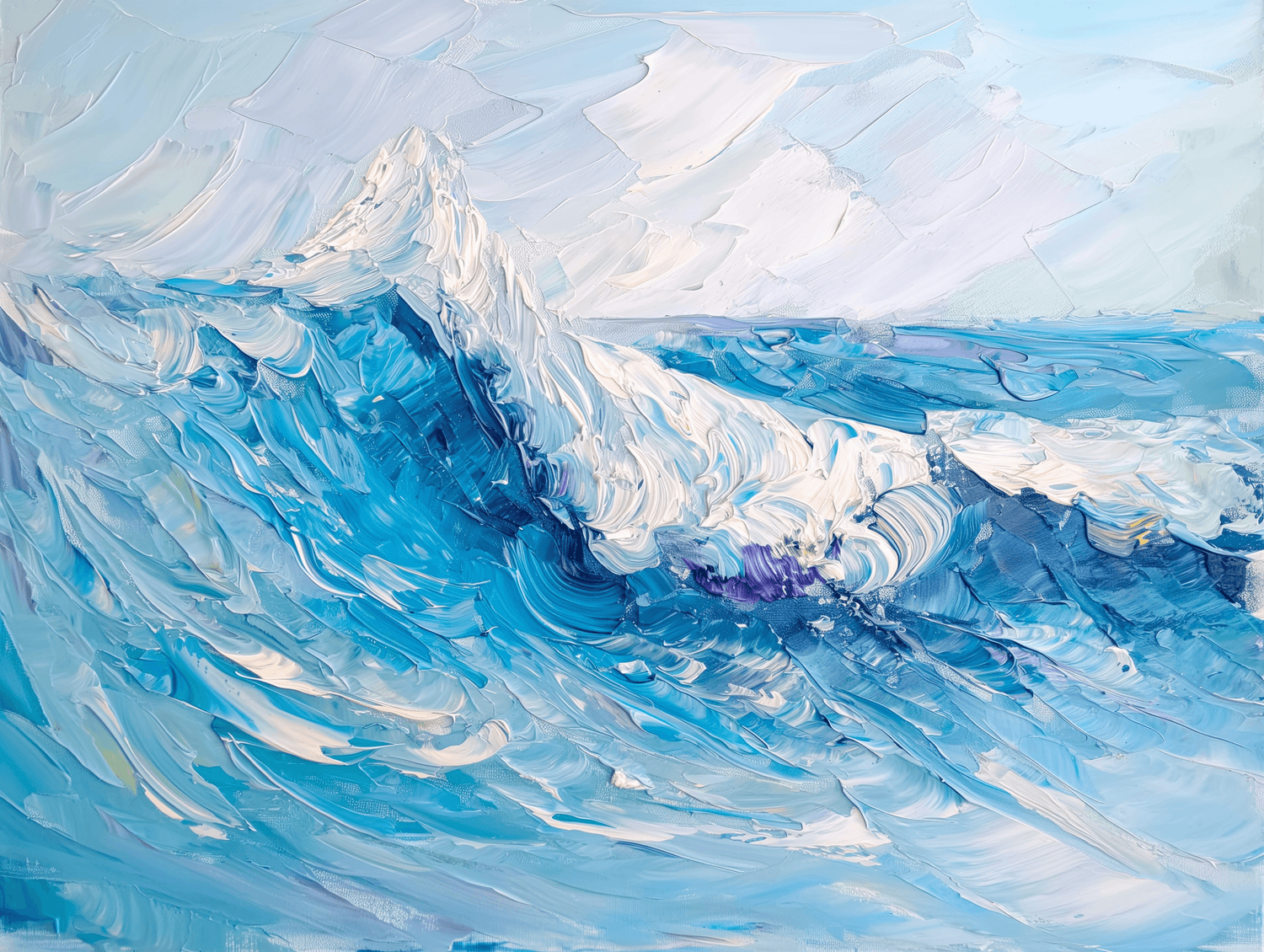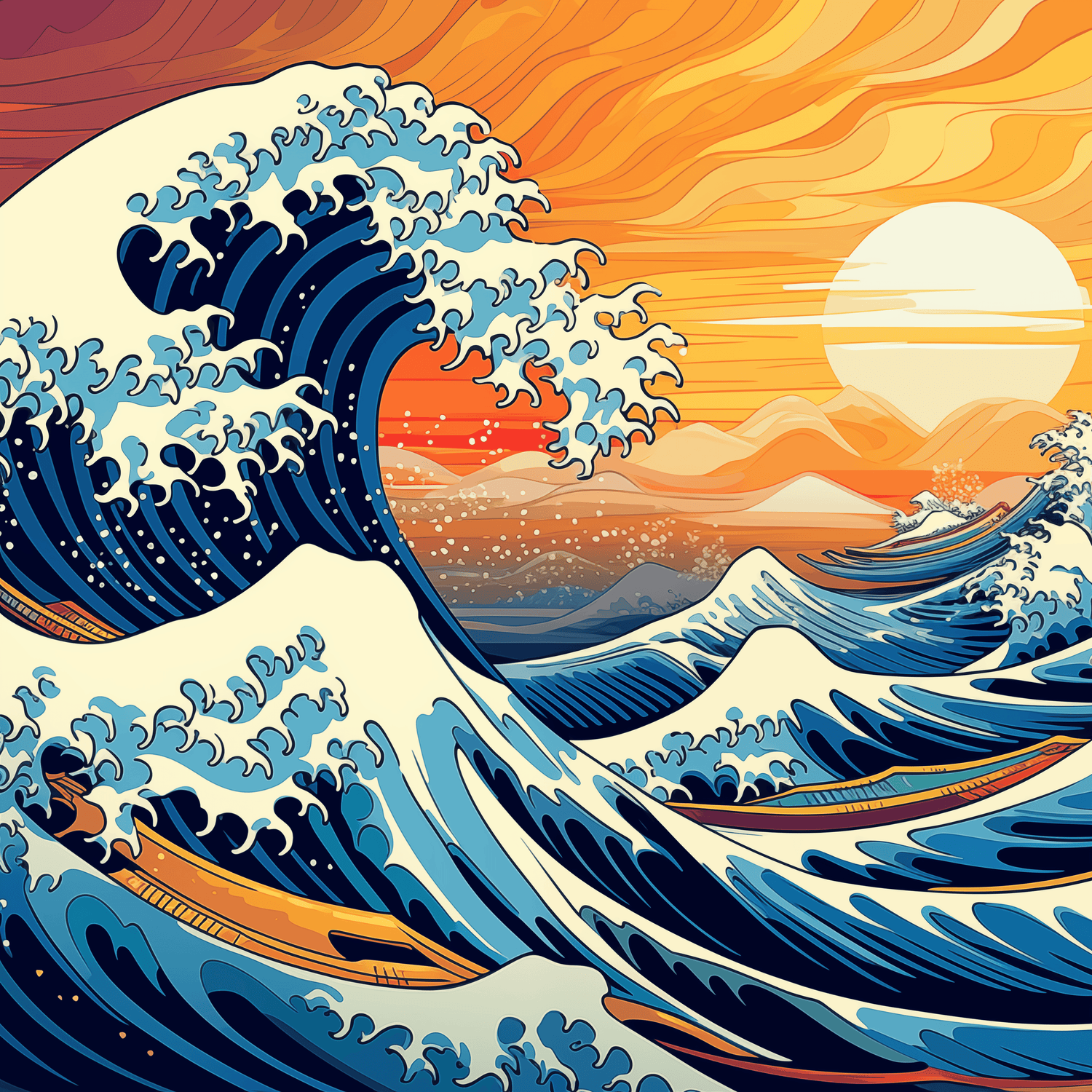Art has always had the power to challenge convention, to question social, political and cultural norms, and to push the limits of human perception. Some artists have embodied this spirit of rebellion more than others, challenging tradition and pursuing an art that did not simply represent the world, but changed it .
 From the dramatic brushstrokes of Caravaggio to the turbulent visions of Van Gogh , to the conceptual provocations of Marcel Duchamp , these artists forever changed the way we see and experience art.
From the dramatic brushstrokes of Caravaggio to the turbulent visions of Van Gogh , to the conceptual provocations of Marcel Duchamp , these artists forever changed the way we see and experience art.
In this article we will explore how Caravaggio, Van Gogh, Duchamp and other revolutionary artists broke the rules of their time.
1. Caravaggio: the genius of light and shadow
Michelangelo Merisi da Caravaggio was one of the most revolutionary artists in history, and his style had a decisive impact on the Baroque . Caravaggio is known for his ability to use light and shadow in a dramatic way, an effect that proved to be a powerful tool for psychological expression. Instead of painting divine or idealized subjects as many artists of his time did, Caravaggio depicted them in a raw and realistic manner, placing the emphasis on “dirty” and human details.
Caravaggio's chiaroscuro technique was as innovative as it was provocative. His characters, often arranged in scenes of great emotional intensity, seem to emerge from the shadows, creating a powerful contrast that evokes strong emotions.
Materico's embossed artistic reproductions , which highlight the textures and contrasts of light , allow us to appreciate Caravaggio's technical mastery even more.
The three-dimensionality of his relief works allows us to immerse ourselves in his world, perceiving the tension between light and shadow like never before.
2. Van Gogh: Emotional intensity through color
Vincent van Gogh , one of the most beloved and at the same time most tragic artists in history, reinvented painting with his bold and explosive use of color. Although his life was marked by suffering and loneliness, Van Gogh had the courage to explore and paint his most intimate emotions, translating them into works of extraordinary visual intensity.
What makes Van Gogh so revolutionary is his gestures in painting. His thick , swirling, energetic brush strokes were not only the means of applying color, but the very vehicle of his emotional message. His famous painting "Starry Night" is a prime example of how the artist used the movement of the brush to create a unique emotional tension.
Materico’s relief art reproductions offer a new perspective on works such as “Starry Night” or “Wheatfield with Cypresses”, accentuating the emotional dimension through the physical depth of the brush strokes. By observing the relief works, the viewer can tune into the expressive force that Van Gogh put into every movement of his brush.
3. Marcel Duchamp: Provocation as Art
Marcel Duchamp is considered one of the greatest innovators of the 20th century. With his work "Fountain" , a simple urinal signed with the name "R. Mutt", he challenged the very concepts of what could be considered art. Duchamp was a pioneer of conceptualism , taking art out of the traditional gallery and transforming it into an object of reflection .
The idea that an ordinary object could be elevated to a work of art simply through the act of choosing and transforming was a true revolution.
Duchamp questioned the artistic and social conventions of his time, paving the way for modernity and contemporaneity . His provocative art created an irreversible fracture in artistic tradition, demonstrating that art did not necessarily have to follow pre-established aesthetic rules, but could also be a way to challenge and reprogram dominant thought.
4. Pablo Picasso: Cubism and the Fracture of Traditional Form
Picasso is known for his stylistic revolution in painting. The Cubist movement, of which he is one of the founders, broke down the tradition of figurative art, questioning the representation of reality . Instead of painting an object as a single static vision, Picasso broke it down into multiple simultaneous perspectives, breaking artistic conventions and emphasizing the multiplicity of perception.
Cubism changed the vision of the visual world, freeing artists from any formal constraints.
5. Frida Kahlo: Art as an exploration of one's identity
Frida Kahlo , although not strictly a rebel in the political sense, used her art as a tool for self-exploration and emancipation . Her works, often autobiographical, speak of suffering , loneliness and the inner strength of a woman who faced physical and psychological pain with extraordinary creative power .
With her unique style, Kahlo created works that were also a social critique and an affirmation of cultural identity. Her bold themes and the way she staged her inner life became symbols of empowerment and the fight against gender and class conventions.
Conclusion
History's most revolutionary artists have not only created extraordinary works, they have forever changed the course of art.
Caravaggio, Van Gogh, Duchamp, Picasso and Kahlo are just a few examples of how art can become an act of rebellion , a way to question conventions and tell the world with a completely new language.








